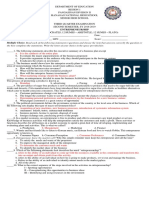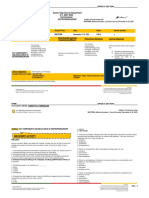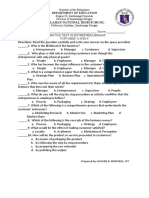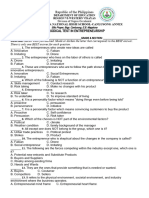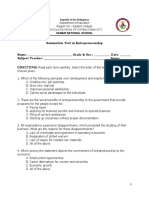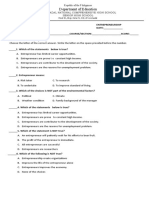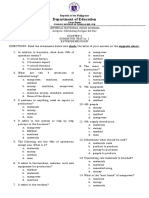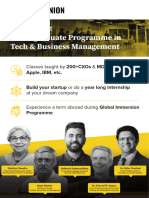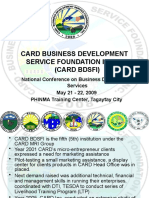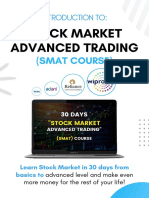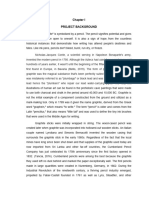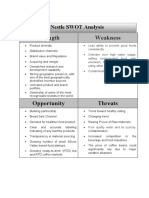0% found this document useful (0 votes)
193 views5 pagesAnswers
The document discusses key concepts related to entrepreneurship including defining entrepreneurship, characteristics of entrepreneurs, and the importance of business plans. It provides examples of tangible and intangible goods and services. It also discusses marketing strategies and factors to consider when starting a business.
Uploaded by
Alani Joy CruzCopyright
© © All Rights Reserved
We take content rights seriously. If you suspect this is your content, claim it here.
Available Formats
Download as PDF, TXT or read online on Scribd
0% found this document useful (0 votes)
193 views5 pagesAnswers
The document discusses key concepts related to entrepreneurship including defining entrepreneurship, characteristics of entrepreneurs, and the importance of business plans. It provides examples of tangible and intangible goods and services. It also discusses marketing strategies and factors to consider when starting a business.
Uploaded by
Alani Joy CruzCopyright
© © All Rights Reserved
We take content rights seriously. If you suspect this is your content, claim it here.
Available Formats
Download as PDF, TXT or read online on Scribd
/ 5




